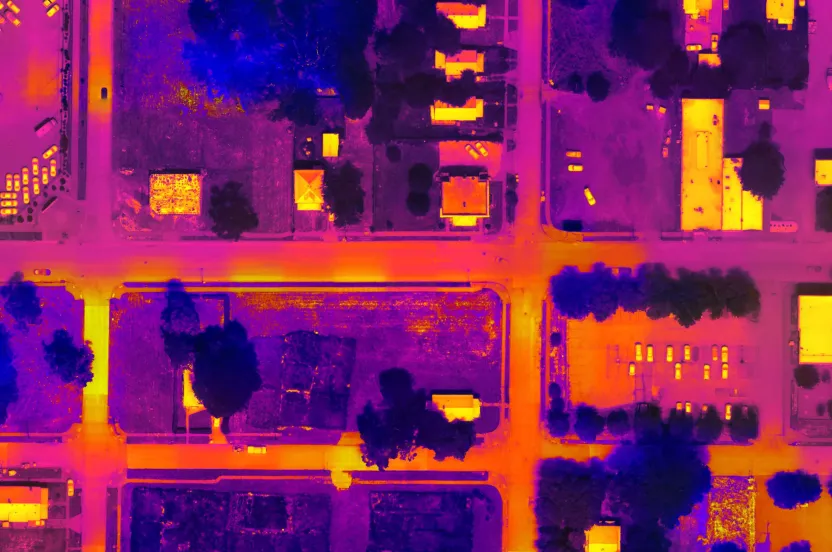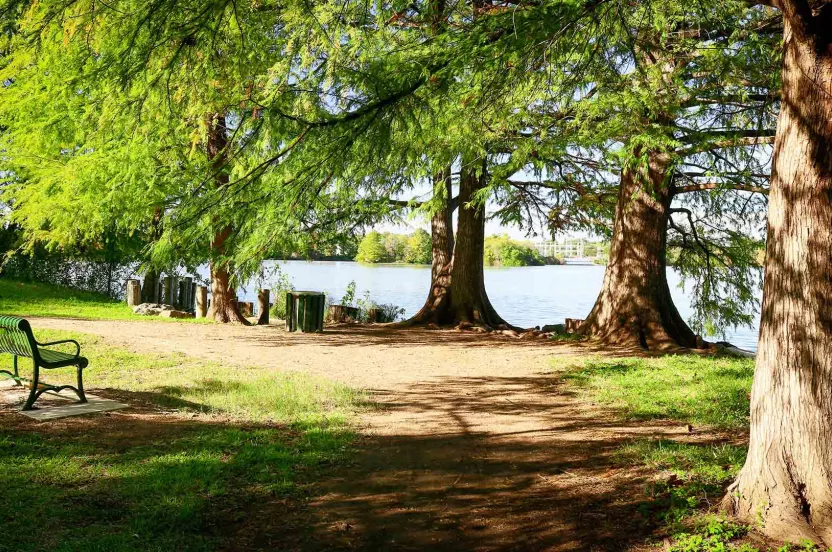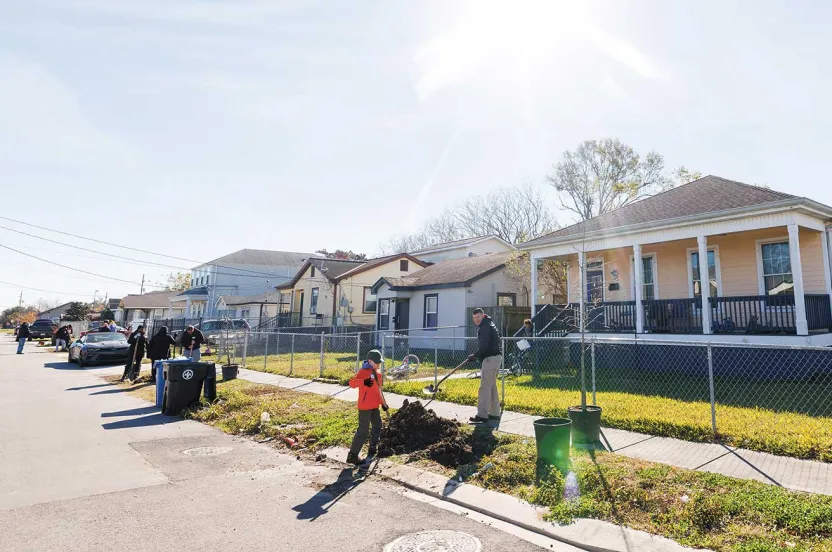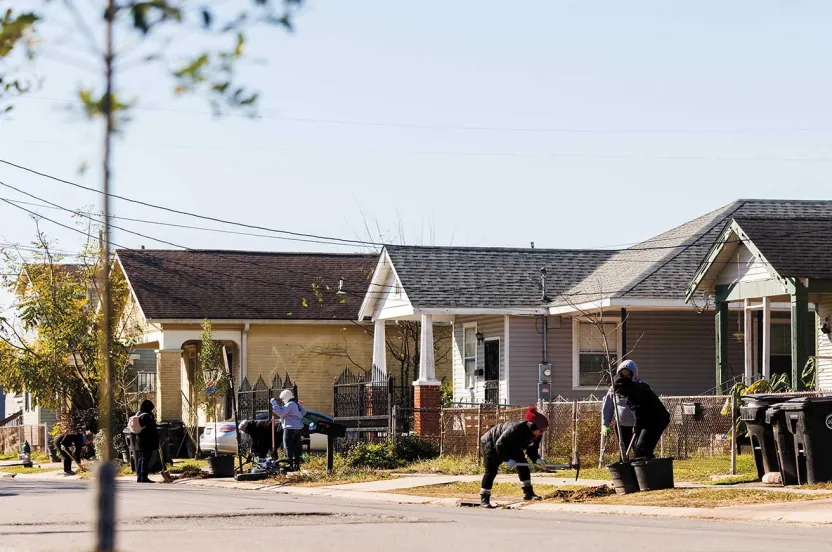Give before midnight on July 31 to double your impact where trees need us most. CHOOSE A PROJECT
Trees as a Solution to the World’s Most Pressing Problems
As climate change accelerates, so does the need for trees.
August 15, 2023
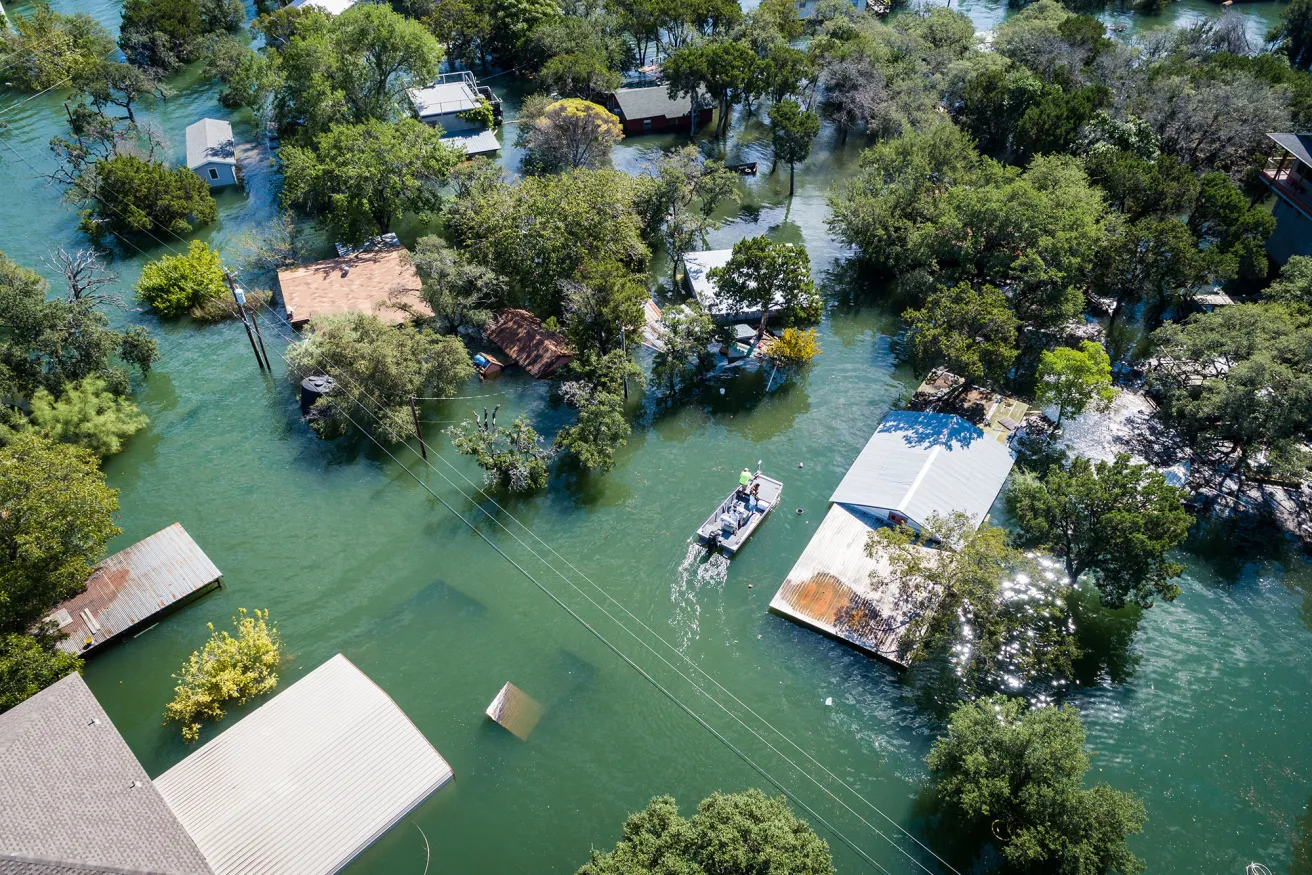
Climate change is too often mistaken as a foe for our future generations to fight. Climate change isn’t dormant. It’s already at work, all over the planet.
We see it in the increasing frequency and severity of natural disasters. We see it in the dangerous heat trapped in cities and historically disadvantaged communities. We see it in the millions of lives claimed by climate change every year, according to a recent study.
Experts say socially vulnerable communities are bearing the brunt of climate change. For example, the EPA says in low-income areas, water resources like sewer and stormwater systems are typically older and might be incapable of withstanding the storm surges and heavy rains that accompany climate change. It leaves households dependent on these systems more exposed to pollutants in their drinking water and poorer water quality. Vulnerable communities are also at a higher risk of being impacted by other climate-related hazards like food shortages, insect-related diseases, and poor mental health.
So, how do we fight back?
Experts have long pointed to trees as one of the most scalable and affordable nature-based solutions to battling climate change. Trees pull carbon from the air, clean our water, and reduce dangerously high temperatures. To bring these benefits to communities all over the world, the Arbor Day Foundation is committed to planting the right tree, in the right place, at the right time. By 2027, the Foundation aims to plant 500 million trees, with program activity in 90 percent of areas of greatest need — where they’ll be prepared to help fight the effects of climate change.
Collaborating with communities
For the Foundation, that process starts in a place of humility. We’re not experts on the climate, community, and wildlife makeup of every location we plant trees. Before a shovel ever breaks ground, we must build connections with people who live and work in the area. From local elected officials to tree planting organizations, to volunteers and schools, we first seek to understand what their community goals are, and how trees could be part of their plans.
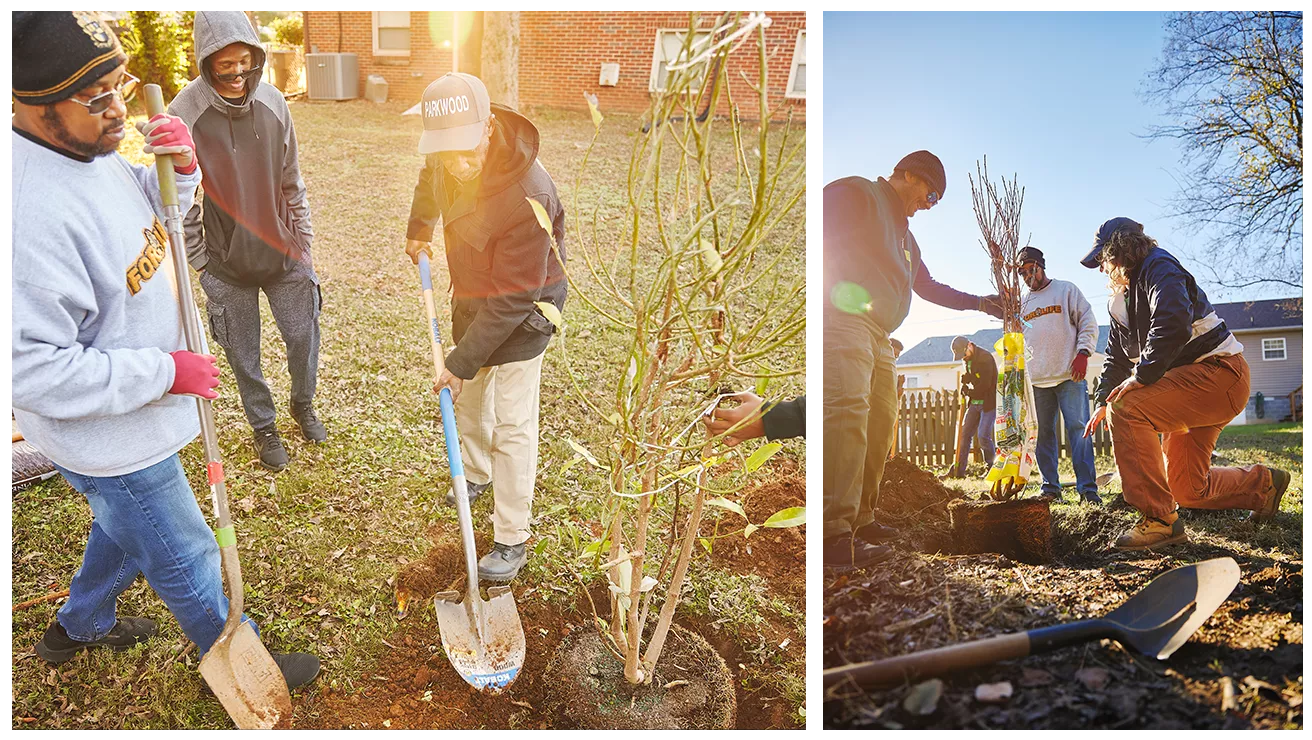
In the short term, these partnerships help the Foundation direct trees and other resources to best serve individual communities. Then, as we continue to empower on-the-ground groups to engage with the tree canopy in their area, we help ensure the long-term care and maintenance of newly planted trees. By acknowledging the unique needs of a specific area, we can use trees to help communities adapt to and mitigate the effects of a changing climate.
Using science to predict the future
The Foundation also collaborates with scientists to inform where we plant, what we plant, how we plant, and how we care for it. One example is using science to identify what tree species will thrive in the future through the Future Plant Hardiness Zone map. This science helps the public plant the right tree in the right place to combat climate change, build a resilient ecosystem, and enjoy their tree as long as possible.
The healthier the tree, the harder it works to protect our shared planet.
Trees alone can’t stop climate change in its tracks. Humanity still needs to greatly reduce greenhouse gas emissions. But that does not mean we can’t make an impact right now.
Every time a tree goes into the ground, we’re closer than ever to a solution.
